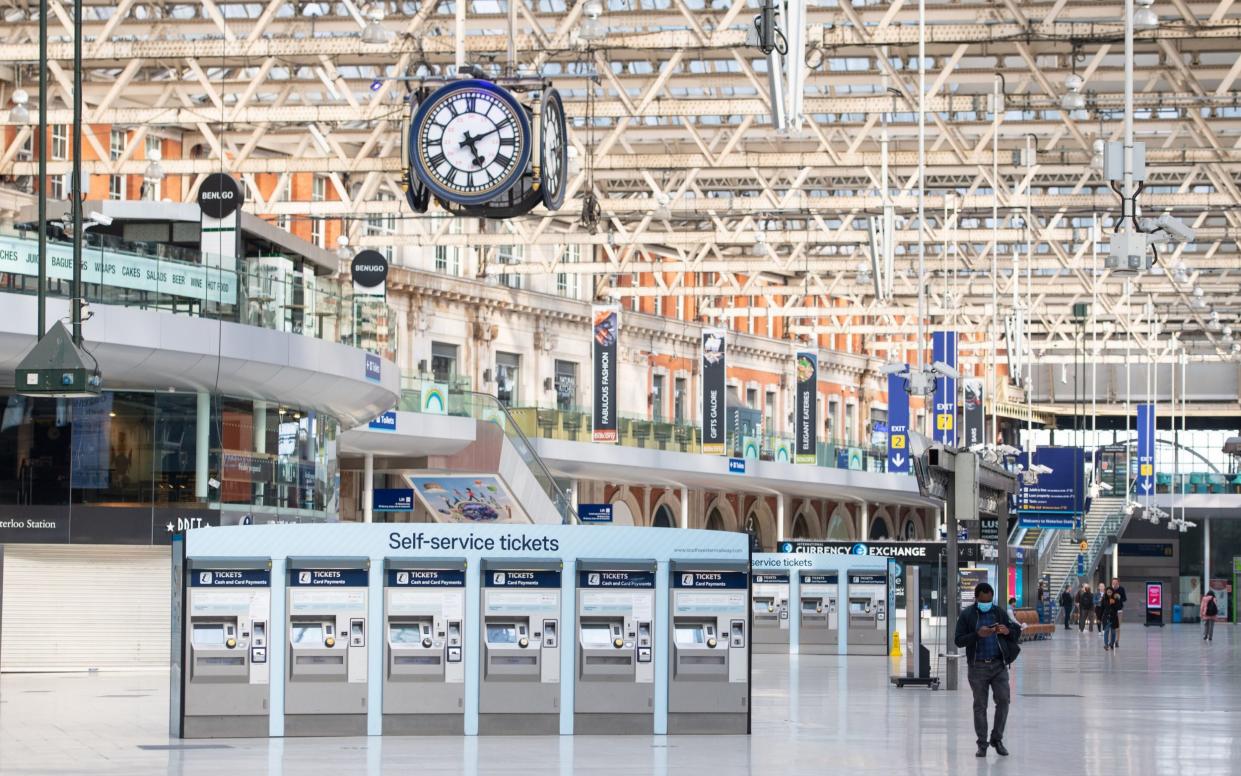Britain’s busiest railway stations revealed as Waterloo loses top spot during pandemic

Waterloo has lost its title as Britain's busiest railway station for the first time in 17 years, amid a fall in long-distance commuting.
Station footfall statistics from May 2020 to April 2021 showed that east London’s Stratford station was the most visited during the pandemic.
The figures come as train usage dropped to the lowest levels since Victorian times during the pandemic, with less than five per cent of the usual number of travellers on the railways at times during the lockdowns.
Waterloo’s passenger figures plummeted from 87 million people in 2019-20 to just 12.2 million last year, ending its 17-year run as the UK’s busiest station.
The latest statistics, compiled by the Office for Rail and Road (ORR), showed that Stratford emerged as the most visited station during the coronavirus crisis, with 14 million passengers.
'Radical change' in passenger habits
The ORR said Stratford attracted a relatively high number of passengers because it was a hub for connecting between different lines. As well as a number of overground lines, the busy Jubilee and Central Tube lines run through the station.
Stratford is also near some popular attractions, such as the Westfield shopping centre and the Olympic Park.
Other stations to make the top 10 most busy list for the first time during the pandemic were all hubs for changing between different lines - such as Clapham Junction, with 8.7 million visitors, and Highbury and Islington, with 8.7 million.
Feras Alshaker, director of planning and performance at the ORR, said: “We’ve seen a radical change, especially in London, in the stations people were using the most.
"Stratford, Highbury and Islington, Clapham Junction, Barking and East Croydon replaced Kings Cross, St Pancras, Euston and Paddington in the top 10, underlining their importance as vital stops and interchanges, linking key workers with underground and bus services to travel.”
Outside London, the most used stations were Birmingham New Street, Leeds and Glasgow Central.

 Yahoo News
Yahoo News 
